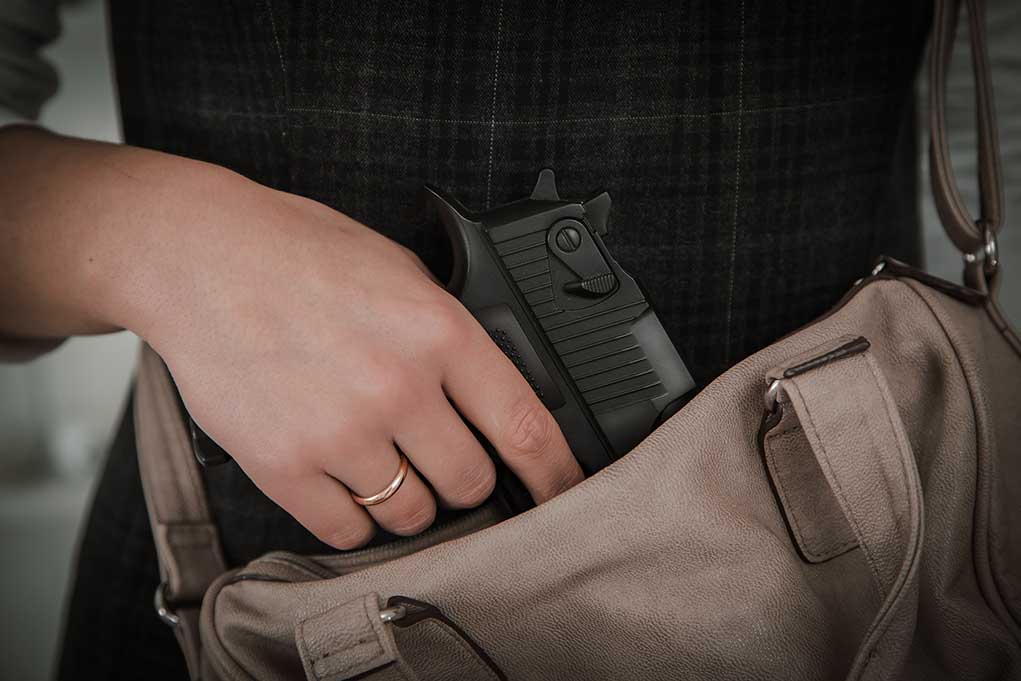
Reevaluation of armed civilians’ role in active shooter situations unveils startling revelations about their efficiency and accuracy compared to police interventions.
Key Takeaways
- A new study found that civilians carrying concealed firearms are more effective at stopping active shooters than police.
- CPRC president John Lott Jr. studied active shooter scenarios from 2014 to 2023.
- Data from the Crime Prevention Research Center (CPRC) indicates that armed civilians stop more mass shootings than police.
- Civilians make fewer mistakes in active shooter situations compared to law enforcement.
- Permit holders have a higher success rate in stopping active shooters, while police face greater risks.
Civilians’ Role in Active Shooter Situations
You’ve surely heard the saying: “The only thing that stops a bad guy with a gun is a good guy with a gun.” Well, that may be more true than we realize! A study from the Crime Prevention Research Center provides crucial insights into the role of armed civilians in active shooter scenarios. Despite what the mainstream media would have you think, the data suggests that civilians stop a significant number of incidents more effectively and with fewer errors compared to police. Between 2014 and 2023, armed civilians intervened in 180 out of 515 active shooter cases.
In places where carrying is permitted, civilians prevented 158 of 307 attacks, with only one mishap involved. Law enforcement, while involved in 156 incidents, unfortunately, shot the wrong individual in four cases. This precarious difference underscores a narrative emphasizing the reliability and responsibility of civilian intervention during emergencies, realigning public perception of an armed populace.
Just weeks after GOA worked to repeal most of Wyoming's "Gun Free" zones in a historic win for Second Amendment rights, a new national study shows armed citizens are more likely to stop a mass shooting than police.
Armed citizens save lives!https://t.co/NlLGV5N5eT
— Gun Owners of America (@GunOwners) March 17, 2025
Concealed Carriers and Success Rates
The study highlights the effectiveness of concealed carry permit holders during crisis situations. Permit holders, categorized as law-abiding and ready to support when necessary, show promising statistics. In areas where carrying is allowed, they reportedly have a higher success rate in interventions than police, who face significantly greater risks, nearly six times more likely to be killed and 17% more likely to be wounded than armed civilians.
Data from the study suggests that permit holders exhibit a sustainable means of diminishing threats with a higher degree of accuracy. The analysis sheds light on the crucial intersection between gun rights, self-defense, and the potential bias of media narratives.
Media Narrative and Gun Rights
The findings from the study question the treatment and portrayal of gun rights advocates within mainstream media, which often neglects the constructive role they play in community safety. The evaluation argues for a narrative correction, aligning gun ownership with responsible citizenship. It calls for readers to critically reassess the reality of self-defense as a pivotal factor in the broader societal conversation on safety and gun legislation.
CPRC president John Lott Jr. drove the point home, summarizing: “These findings highlight a reality that is often ignored: responsible gun owners save lives. Concealed handgun permit holders aren’t reckless vigilantes, but they are law-abiding citizens who step up in moments of crisis when seconds matter and police are minutes away.”
This discourse goes beyond mere statistics, prompting a deeper exploration into the realities of armed self-defense, the responsibilities tied to gun ownership, and the accurate portrayal of these elements within societal narratives.
Sources:
- New Study Proves Armed Citizens Stop Mass Shootings
- Study: Concealed Carriers Do A Better Job Of Stopping Active Shooters Than Police
- Study: Concealed Carriers Stop More Active Shooters Than Police Do
- The Effects of Concealed-Carry Laws | RAND











